How North Korea's privileged elite prosper while ordinary people starve
The Hermit Kingdom's haves and have-nots
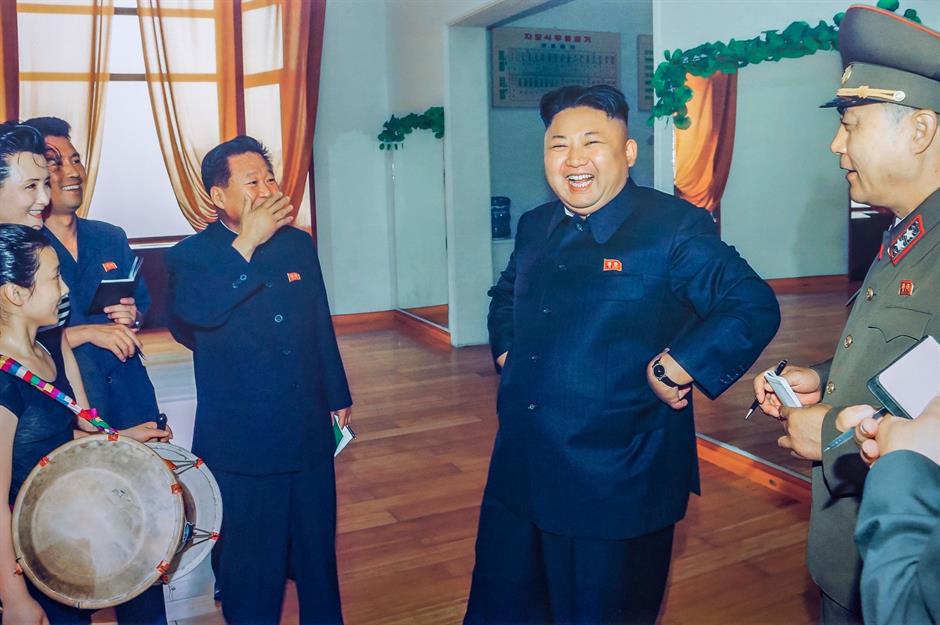
Earlier this month North Korea declared victory against COVID-19, lifting restrictions that were implemented in May. But that doesn't mean that the secretive nation's problems are over. From flooding to food shortages, North Korea is battling a host of issues that are forcing the majority of its population into poverty – all while the privileged elite enjoys lives of luxury. So just how unequal is North Korean society? As Kim Jong-un unveils a new 80-storey skyscraper in Pyongyang, read on to discover the shocking gap between rich and poor in the notorious rogue state. All dollar amounts in US dollars.
The elite get to live in Pyongyang

The rest of the population are barred from the capital
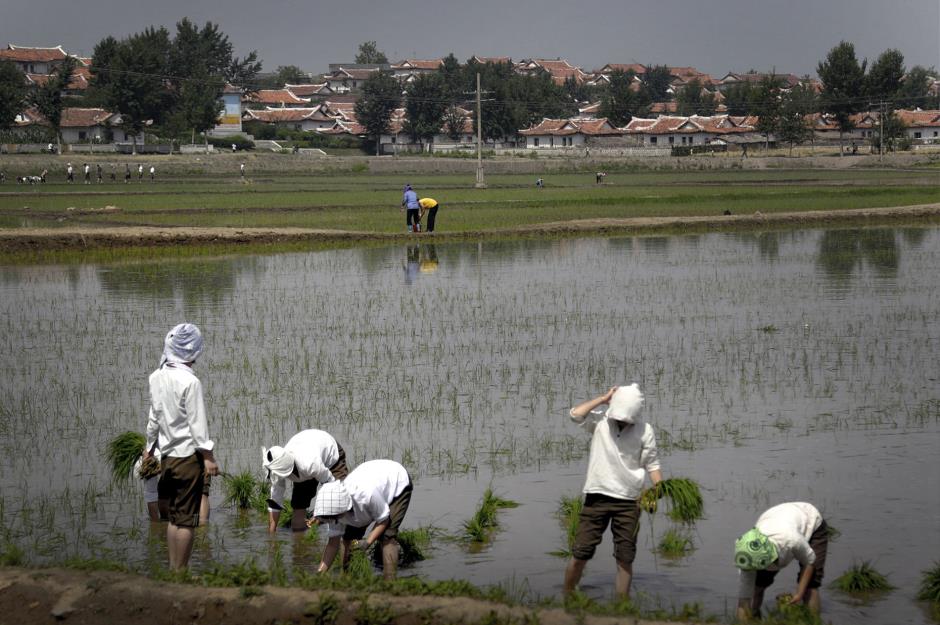
The elite can earn thousands of dollars a month
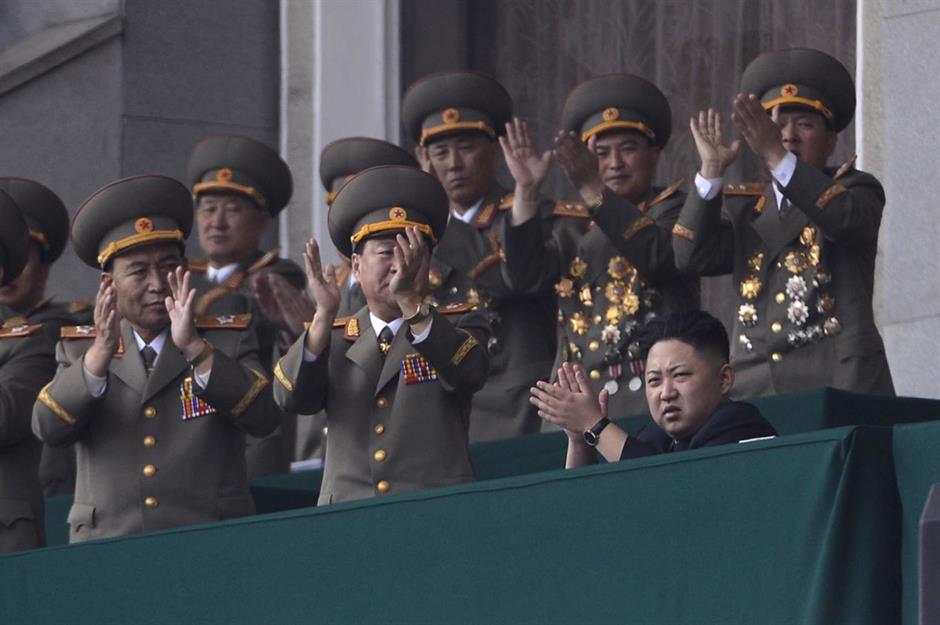
While the rest of the population scrape by on just $2 or $3 (£1.45 or £2.15)
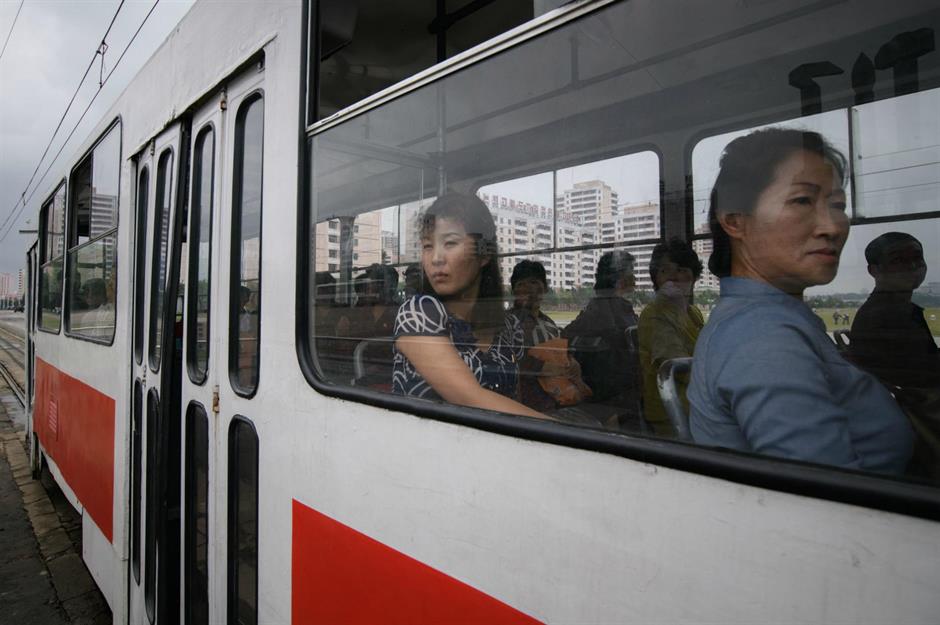
Ordinary people are forced into unpaid labour
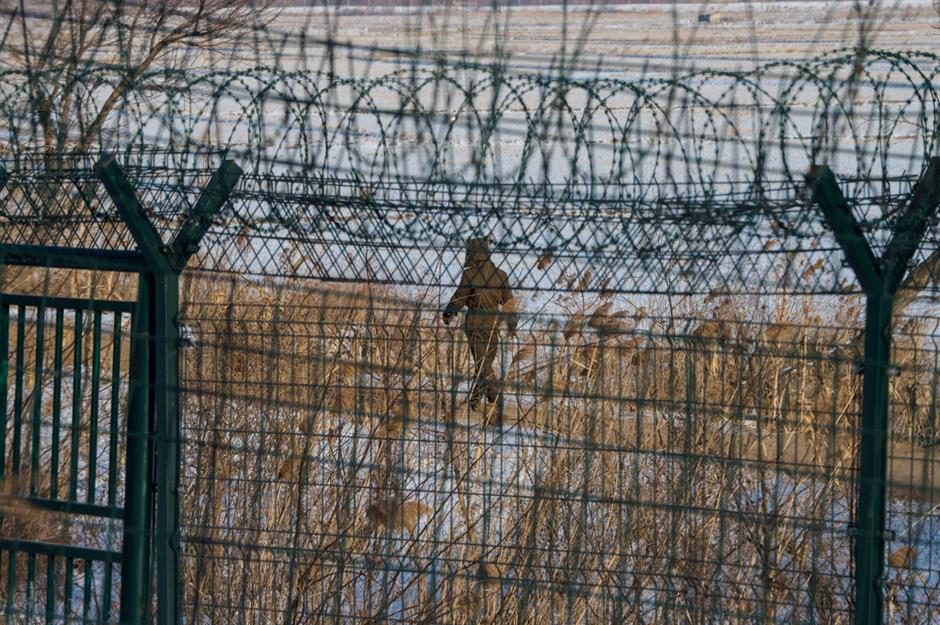
Not only that, but North Korean people are often forced into unpaid labour. Last year the nation started building a wall at the border with China in its Ryanggang province to prevent the smuggling of goods, as well as the spread of COVID-19 (although the country has reportedly blamed South Korea for its most recent outbreak). North Korea wanted the wall to be finished by 10 October, the anniversary of its Party Founding Day.
It's not clear whether the nation achieved this deadline but we do know that it expanded its workforce beyond military and youth personnel to include married women aged from 20 to 60, according to Radio Free Asia. The women were expected to make 10 cement blocks per day. While forced labour is common in North Korea, it has been reported that on this occasion there has been some backlash as frail, older women were being conscripted into the physical work.
The elite have constant access to fine food
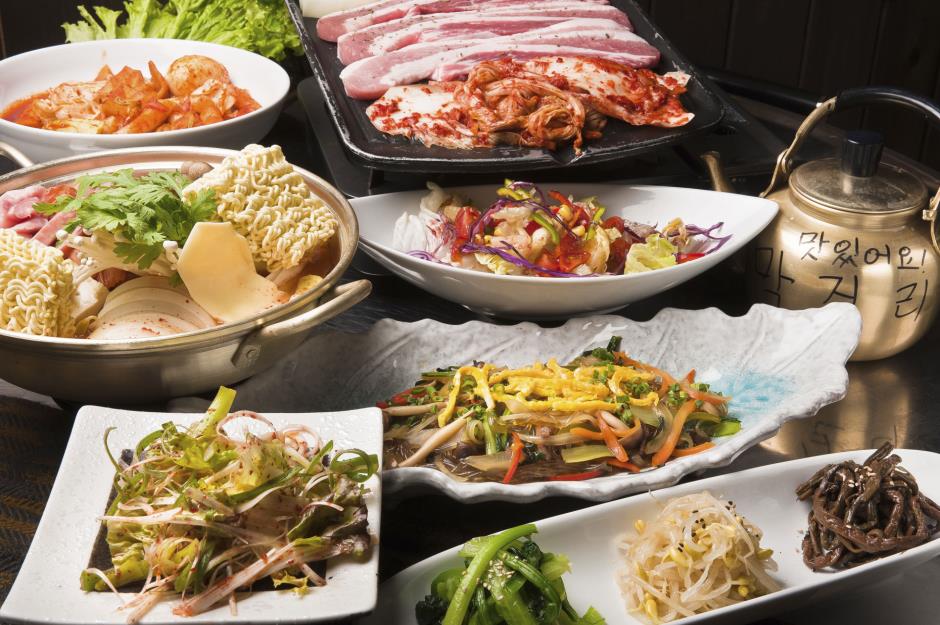
A leader's diet
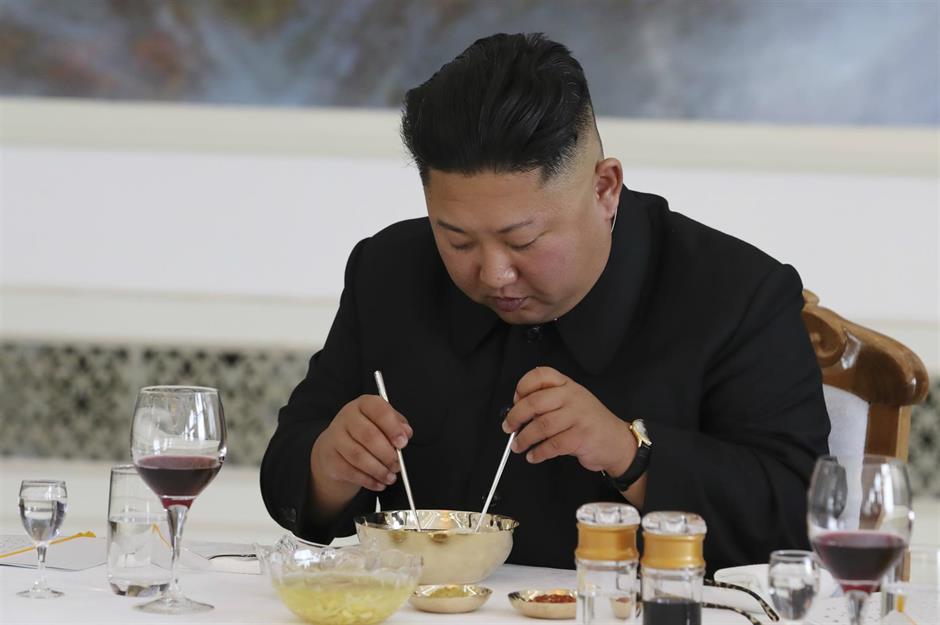
Kim spares no expense when it comes to his own diet. He’s been known to order in top-quality pork from Denmark, caviar delivered from Iran, Chinese melon and steaks of Kobe beef, a Japanese delicacy. He even managed to spend a whopping $921,712 (£715,000) on Brazilian coffee alone in 2016. Kim also reportedly spends thousands of dollars each year on importing liquors into the country for his elite circles. In 2016 the leader spent $33,000 (£25.9k) on American spirits, preferring the more expensive kinds such as Hennessy, which can cost up to $2,145 (£1.7k) for the best bottle. He has reportedly also spent $95,394 (£74k) on German wine.
The rest of the population have barely enough to eat

Meanwhile, the rest of the population get by on extremely meagre rations, which were slashed to just 300g per person a day in May 2019 following the worst harvest in more than a decade. Things have got decidedly worse now that Kim Jong-un is admitting that the nation is facing food shortages. In a rare admission last year, the leader revealed that the nation would have to "wage another, more difficult 'Arduous March' in order to relieve our people of the difficulty, even a little". 'Arduous March' refers to a period of extreme famine experienced in North Korea during the 1990s. But even in times of good harvest North Korean citizens are said to only live off 500g of food per day.
The elite worry about their waistlines
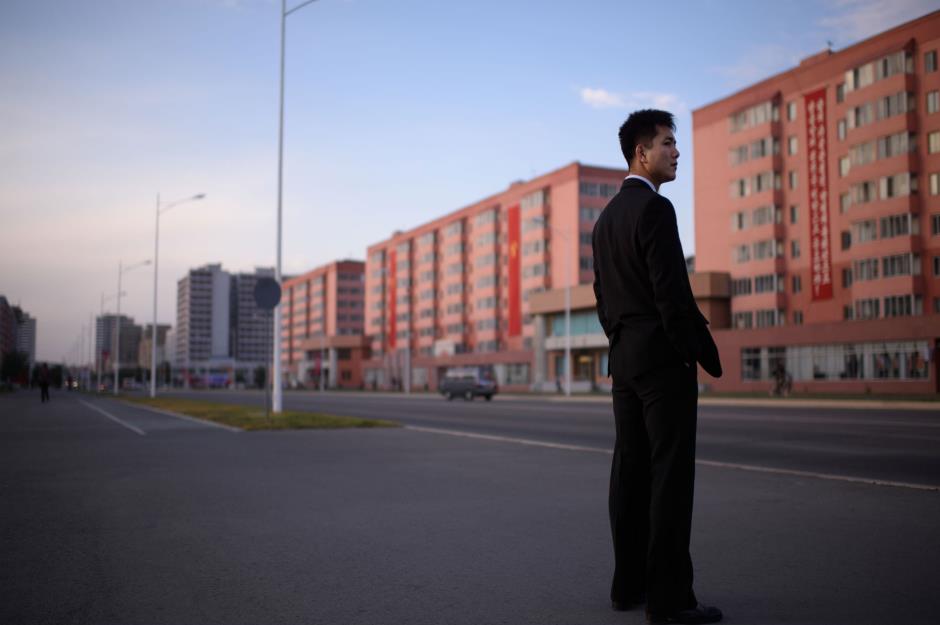
The rest of the population fret about famine
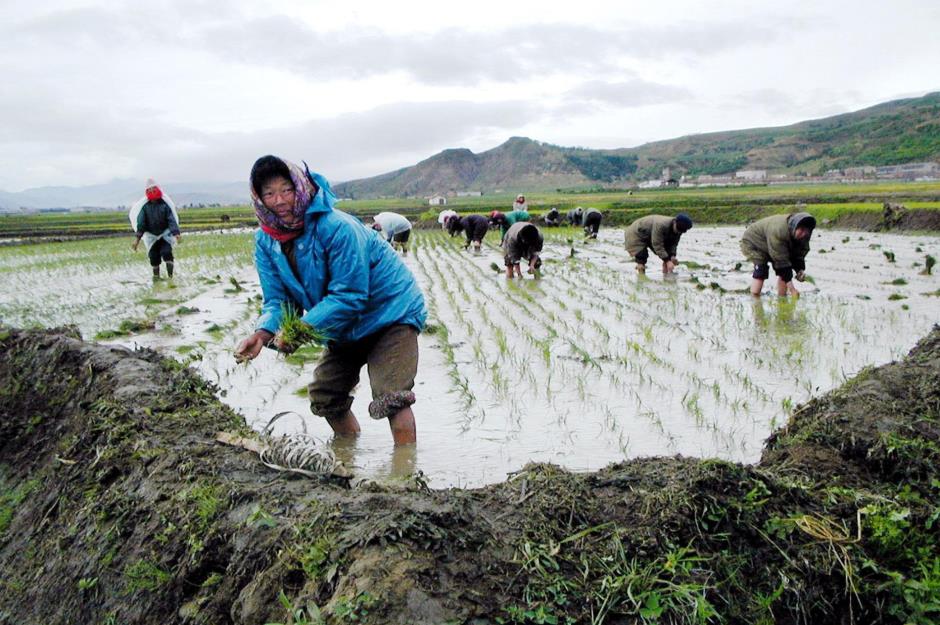
The elite reside in upscale apartment blocks
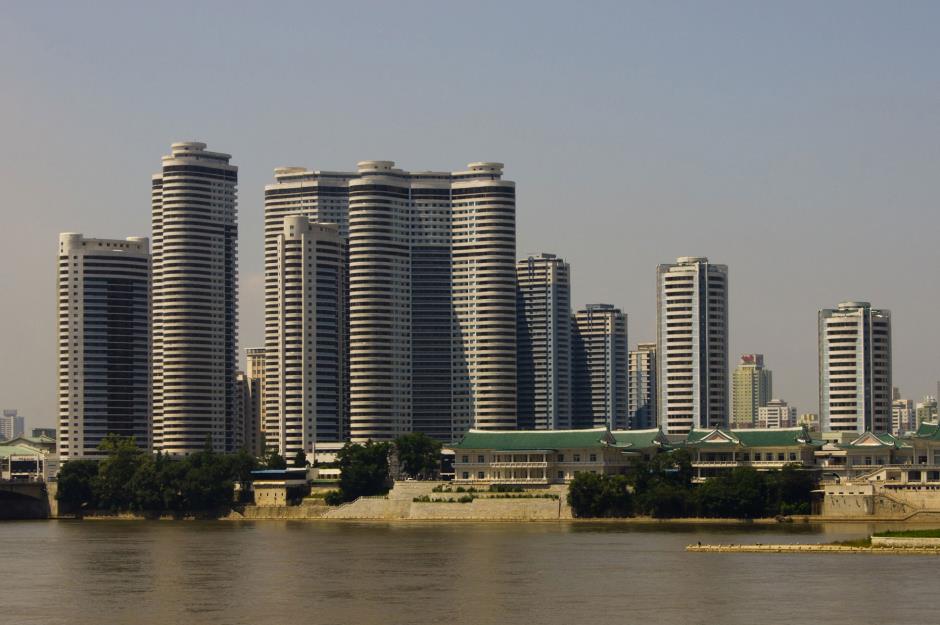
Pyongyang's Mansudae neighbourhood is nicknamed 'Pyonghattan' and boasts the capital's most luxurious accommodation. Apartments feature all mod cons, and are sold illegally among the elite for anything up to $250,000 (£173k). That said, other high rises are far less luxurious. According to North Korean defector Jung Si-woo, who was quoted in NBS News on 15 August: "In North Korea, the poor live in penthouses rather than the rich, because lifts are often not working properly, and they cannot pump up water due to the low pressure." He commented that the 80-storey skyscraper that opened in Pyongyang earlier this week served only "to show how much [North Korea's] construction skills have improved, rather than considering residents' preferences."
Kim has 17 palaces to choose from...
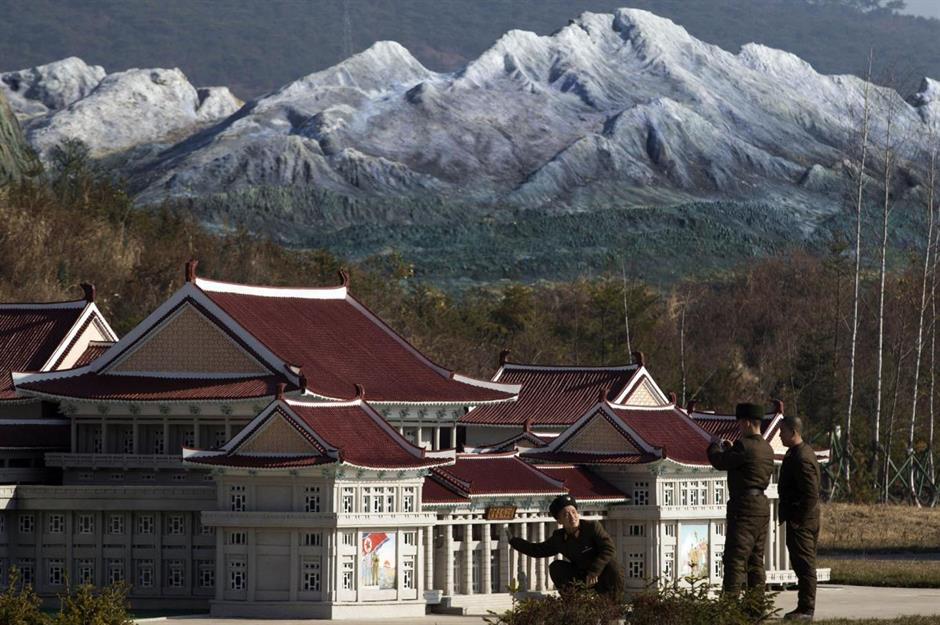
...and a superyacht for holidays
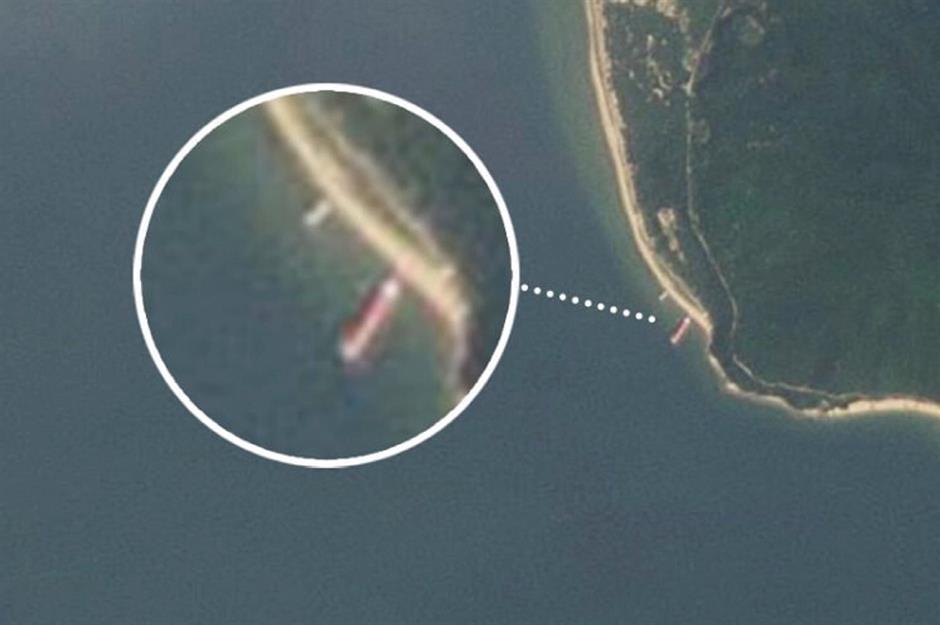
And when Kim's not on dry land, he's probably to be found on his luxurious 180-foot (54.8m) superyacht. Earlier this month, satellite company Planet Labs released photographs of the floating mansion over Hodo Peninsula, a private bay near Kim's Wonsan family home. The Supreme Leader disappeared for 19 days in July and 12 days in August this year, sparking assumptions that he'd escaped the country's catastrophic flooding by retreating to the peace and quiet of his superyacht – which is believed to boast a football pitch, water slide, and theme park-style rides. It's not news that Kim is a big fan of theme parks; the future dictator was known to have made several top-secret visits to Disneyland in Tokyo as a child in the 1990s.
The rest of the population live in rundown, no-frills housing
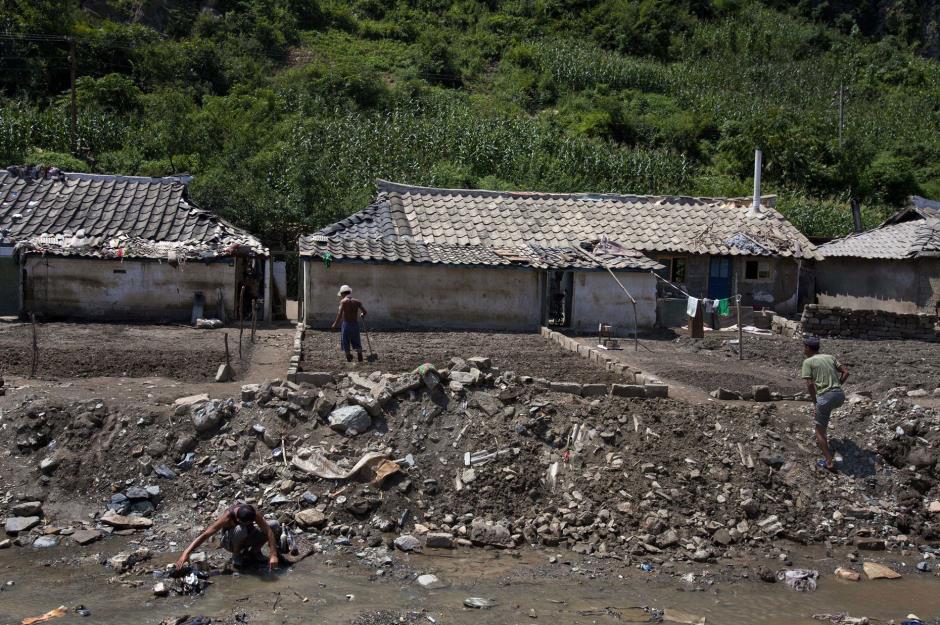
The elite enjoy swish en suite facilities
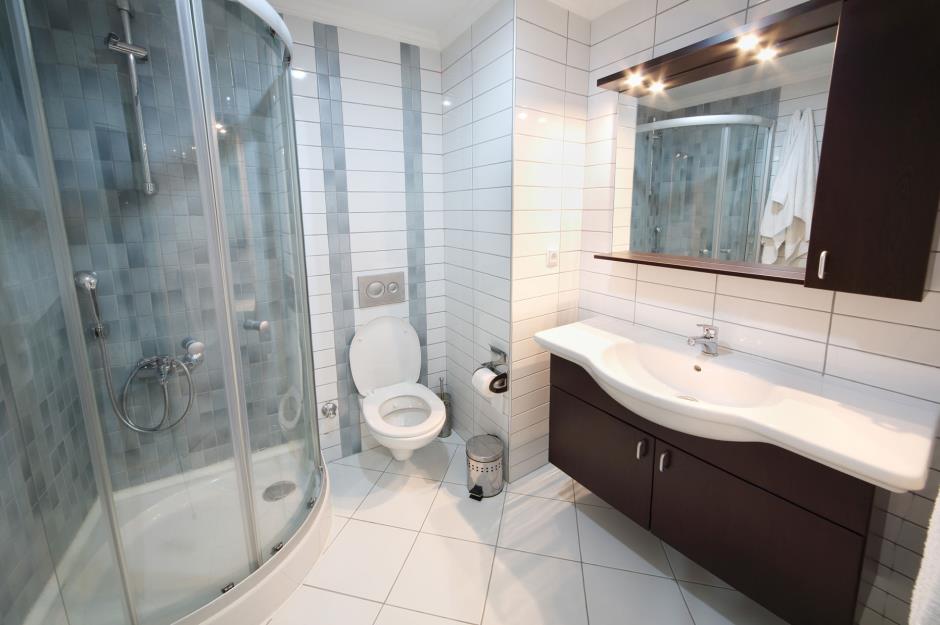
The rest of the population have to use public bathrooms
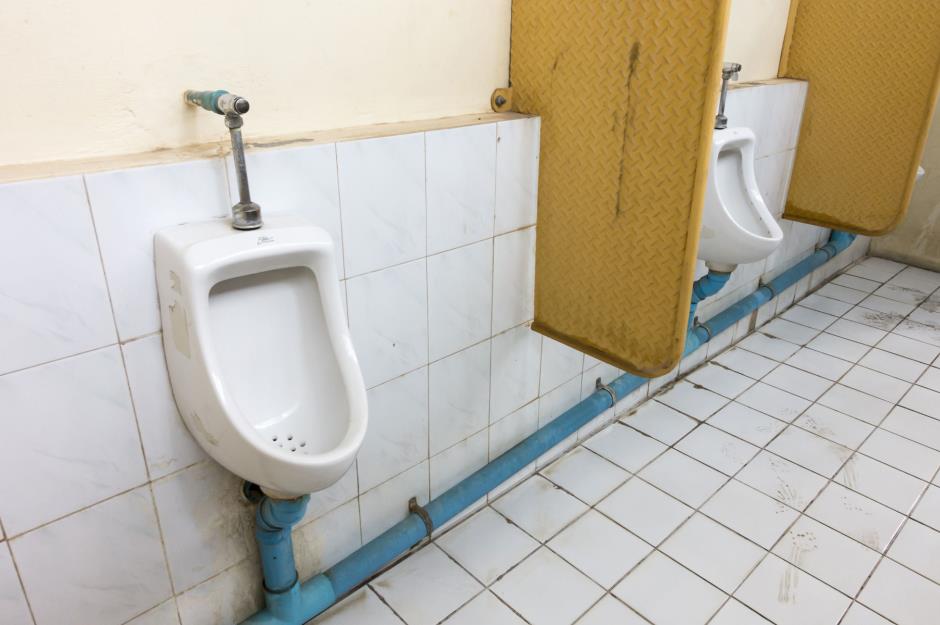
The elite has access to desirable black market goods
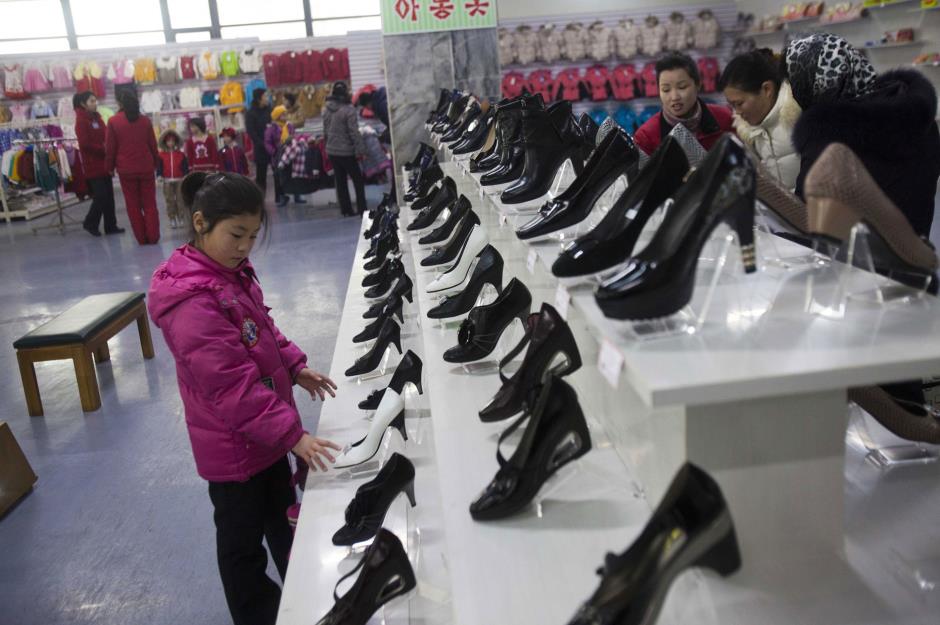
The rest of the population have no such luck
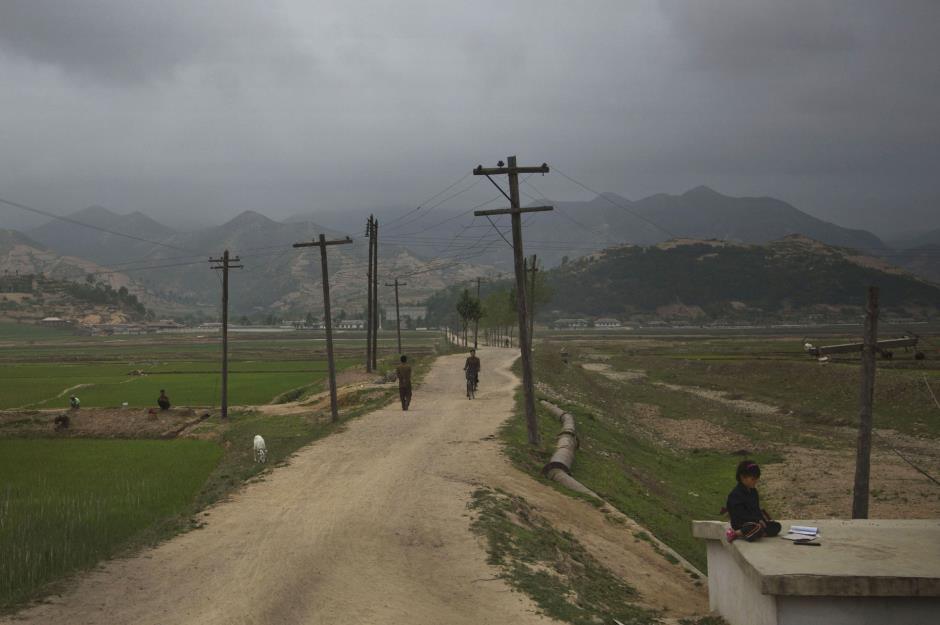
The elite follow the latest fashions

The rest of the population have more important things to worry about
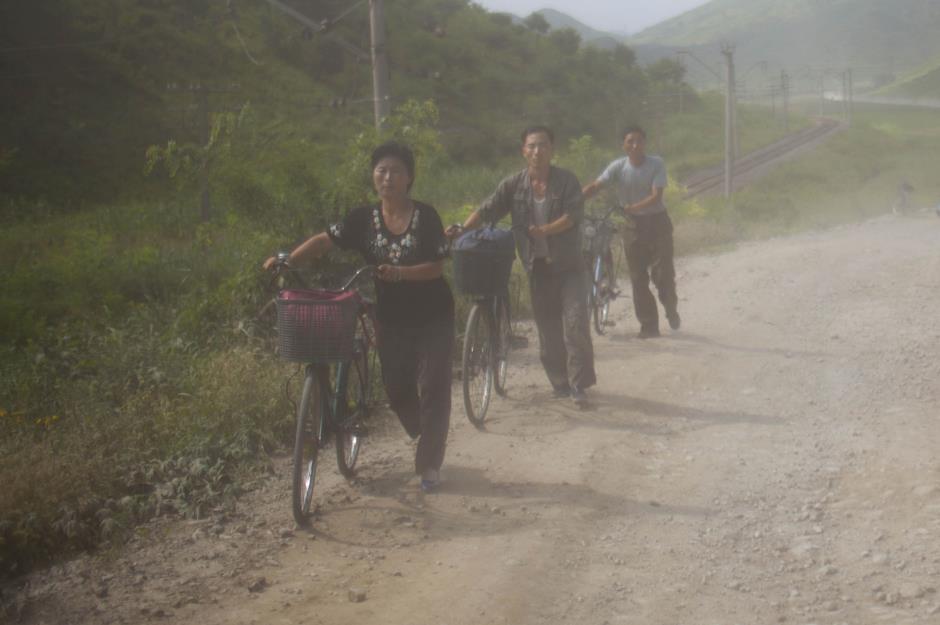
The elite drive cars and ride battery-powered bikes
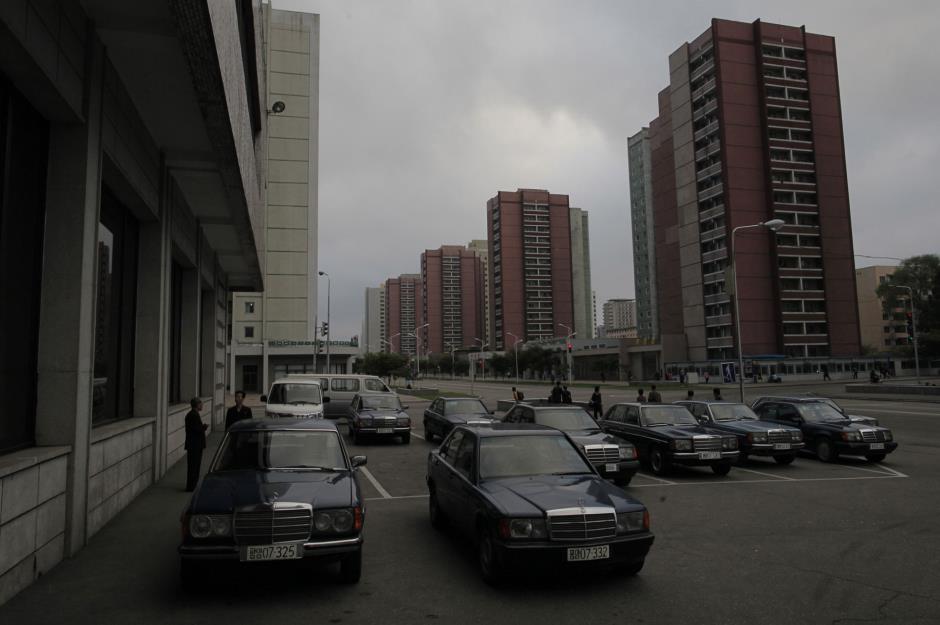
The rest of the population use bikes and ox or horse-drawn carts
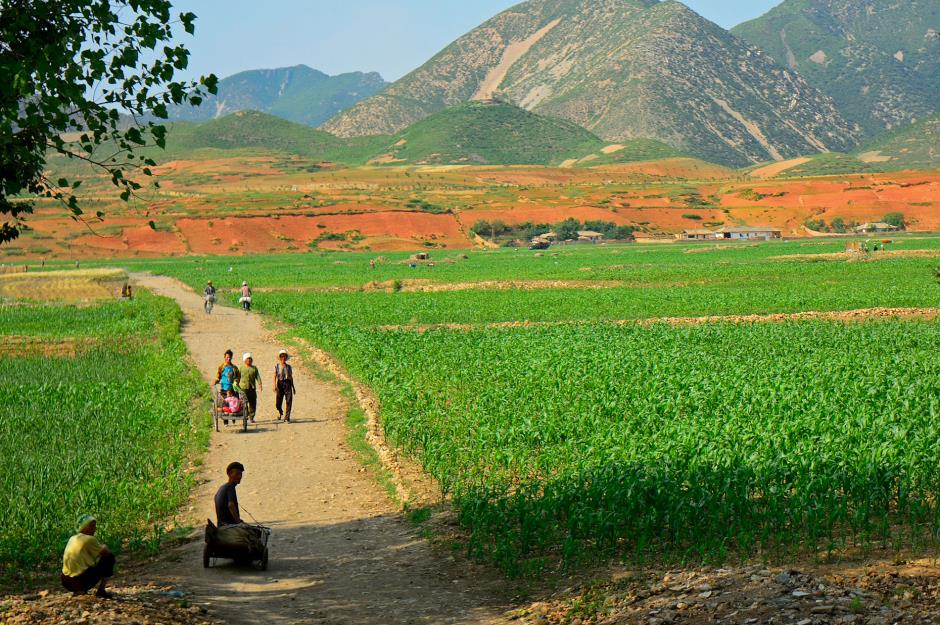
The elite drive on smooth asphalt roads
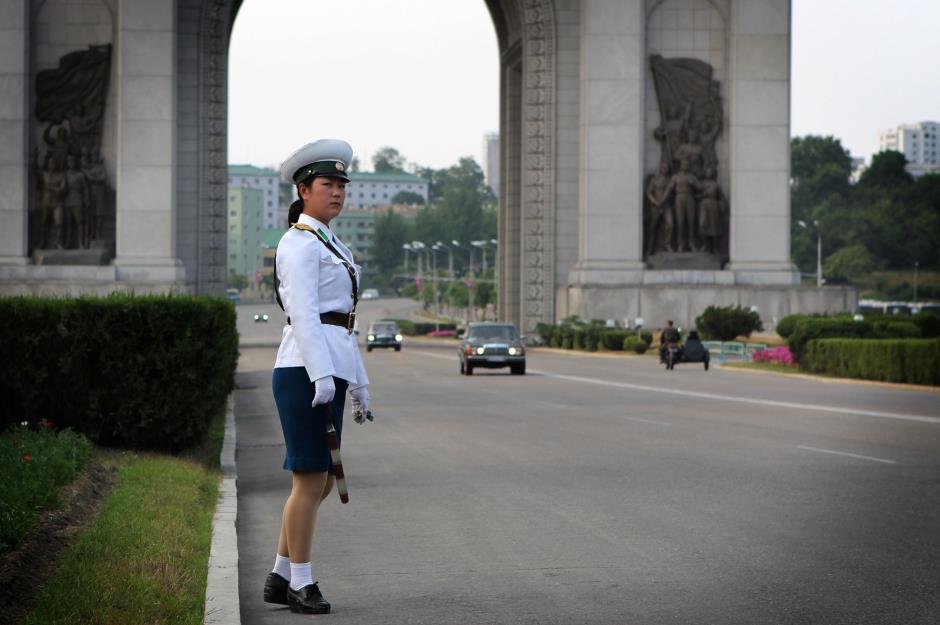
The rest of the population struggle on dirt tracks
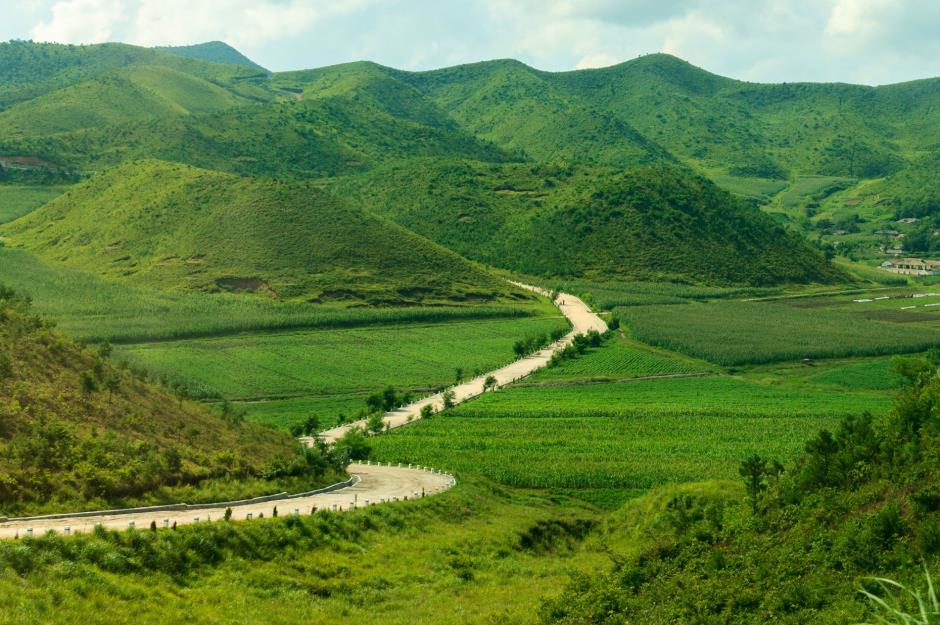
The elite don't have to cope with crippling power cuts
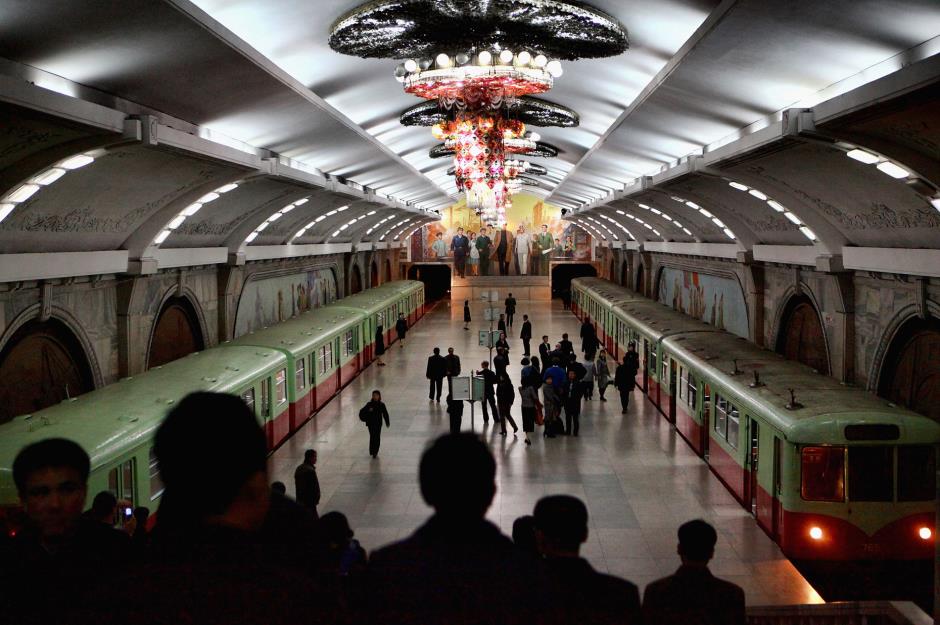
The rest of the population experience regular outages

The elite own multiple cellphones

The rest of the population are banned from owning cellphones
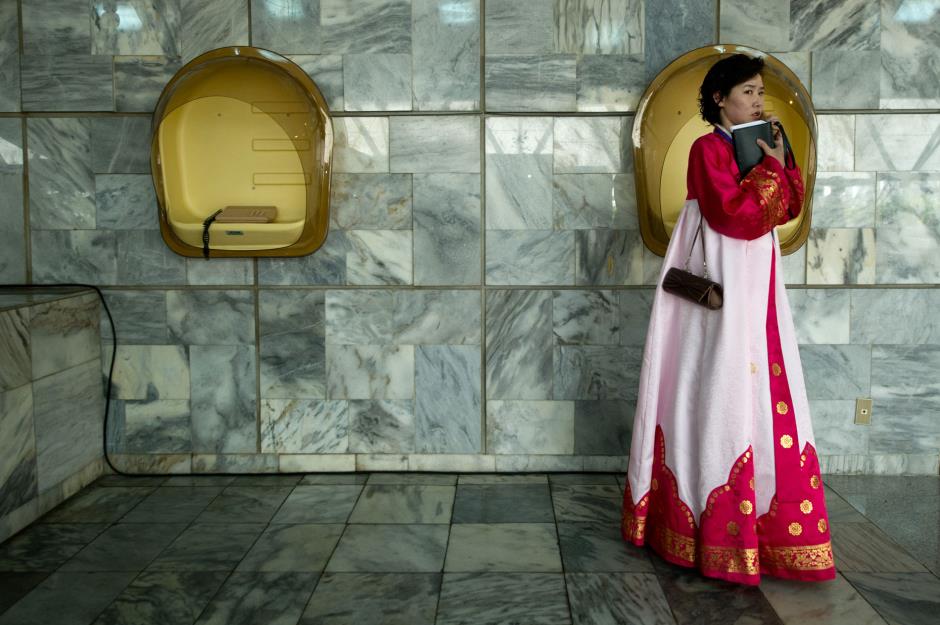
The elite have (restricted) access to the internet
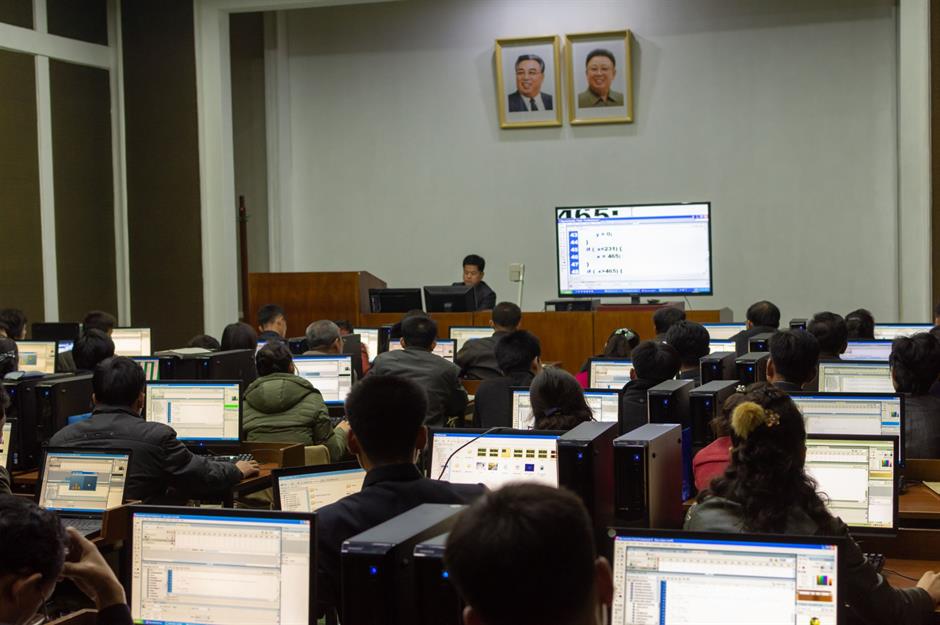
The elite pamper their pet dogs

Pedigree lap dogs are much sought-after status symbols in the North Korean capital. Imported pooches from China, especially extra-small Chihuahuas and Malteses, can fetch big money on the black market. But these beloved family pets have fallen foul to Kim Jong-un's erratic policymaking. According to the New York Post, North Korea has implemented an "on-again, off-again policy of no pet dogs since the late 1980s because of capitalist connotations". In 2020, for example, the dictator ordered that pets in Pyongyang be handed over as they were believed to represent "bourgeois ideology." This rule didn't apply to Kim's own pedigree dogs, however, which reportedly include German shepherds and Shih Tzus.
The rest of the population are more likely to eat the animals
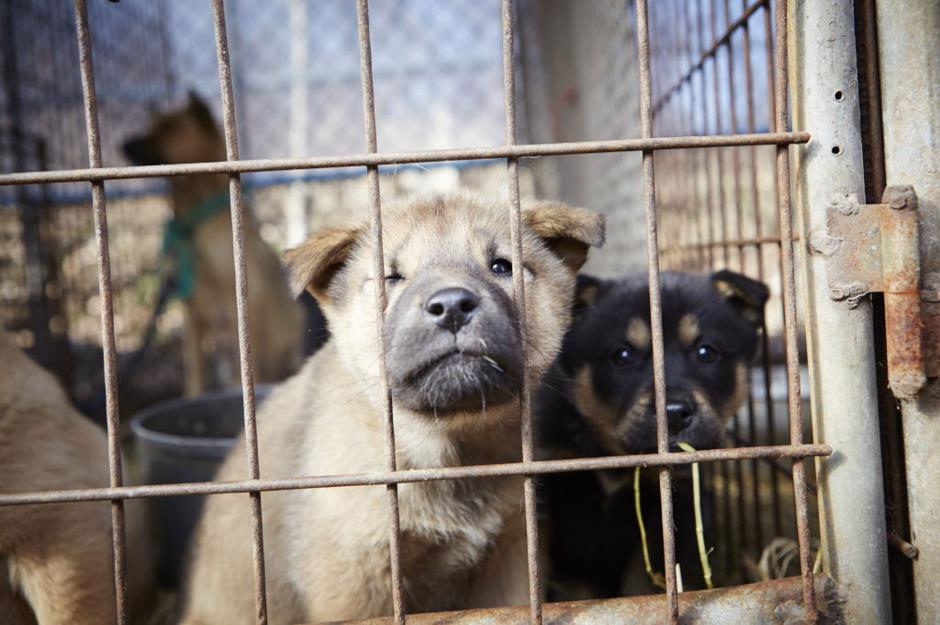
The controversial consumption of dog meat has a long history in North Korea and, outside the capital, people are forced to survive on very little. Needless to say, away from Pyongyang a stray dog is more likely to end up on the dinner table than be preened and pampered as a pet...
Now discover how North Korea makes its money
Comments
Be the first to comment
Do you want to comment on this article? You need to be signed in for this feature